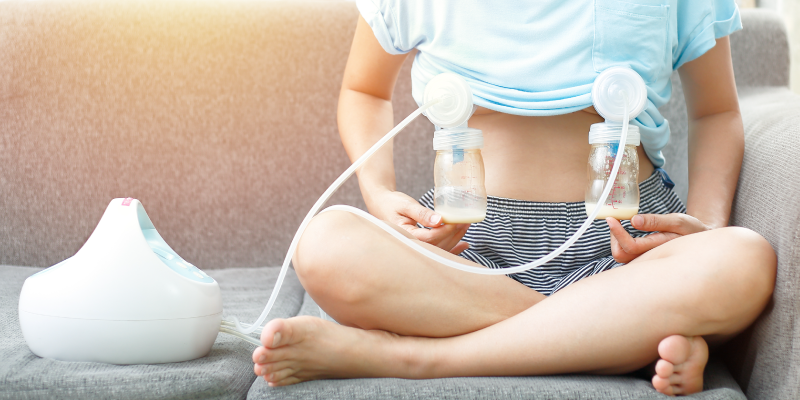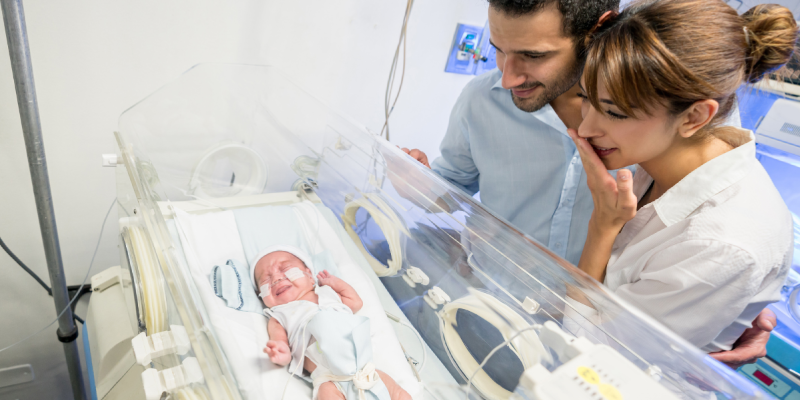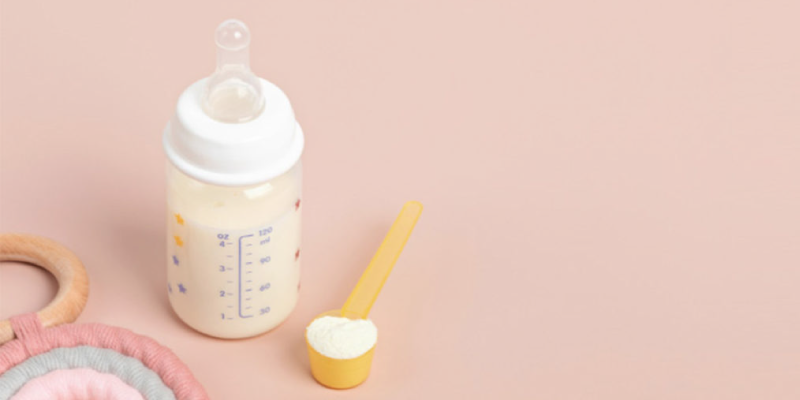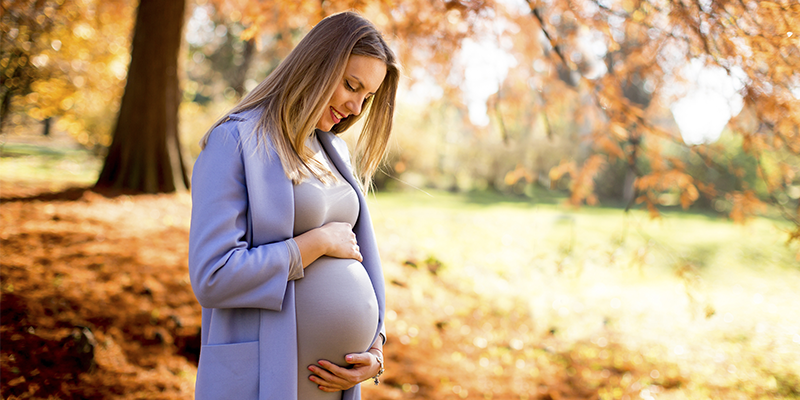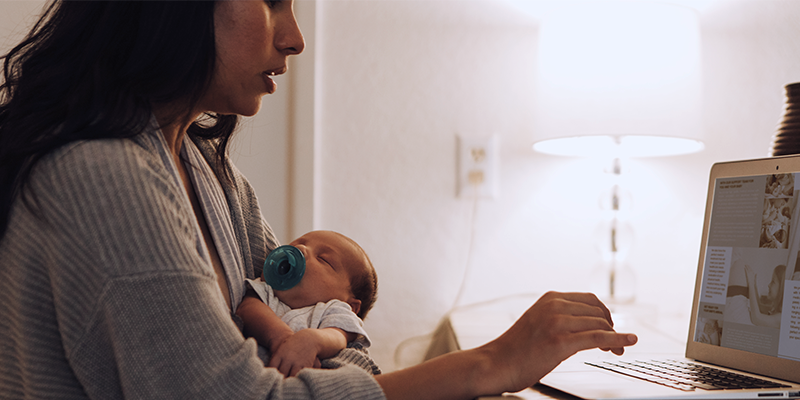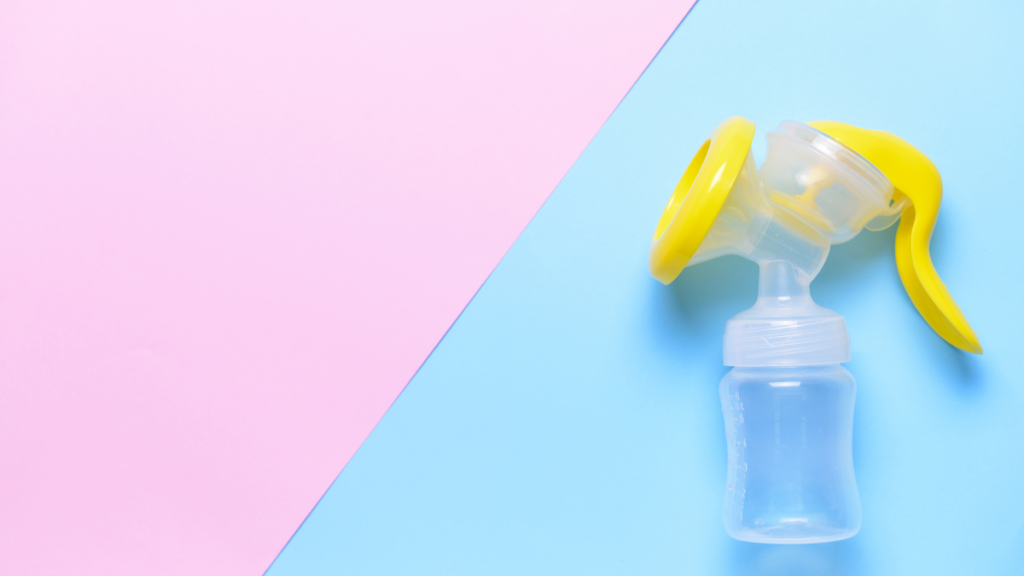CDC releases new guidelines on cleaning breast pumps
If you’re a mom who breastfeeds and uses a pump for pumping milk, you know how much of a pain it is to clean the whole kit. Turns out a low milk supply isn’t the only thing to worry about when it comes to pumping. But if you slack off on cleaning your breast pump appropriately, there could be tragic consequences.
A premature infant contracted the rare but serious Cronobacter infection and the situation prompted the Centers for Disease Control and Prevention (CDC) to issue new cleaning guidelines that teach moms how to care for the pump parts. The guidelines walk moms through exactly what they should do and how often.
So, what do the guidelines say?
New guidelines say parts should be cleaned after each use
Yes, it’s time-consuming, but the CDC guidelines state that breast pump parts should be cleaned after each use. In addition, you should wash your hands before handling the parts or any pumped milk, and have a dedicated brush and wash basin that’s only used for the pump parts. Let them air dry when you’re done.
For extra cleanliness, boil or steam the parts to sanitize (or run them through a dishwasher set on sanitize). The mom whose premature infant contracted the infection reportedly left her pump soaking in soapy water and didn’t return to rinse it off until hours later. This left the parts sitting in water, which was a breeding ground for germs. Samples of bacteria from the home were found on the pump parts, in the sink, and in the milk that had been pumped.
Are *these* pump cleaning hacks even safe?
Some moms have learned that rather than clean pumps after every use, they can just store the parts in the refrigerator. While it might be ok to store parts in the fridge in between uses if the kit isn’t contaminated, cleaning it each time is still recommended for the safety of your baby.
And what about quick-use wipes? Do these work for moms who work and may not have access to a clean sink for washing pump parts? The CDC says wipes cannot reach all parts of the pump and, because of this, cleaning by hand or using a dishwasher is your safest bet. If you can’t do that, consider having duplicate parts you can swap out until you get home to clean.
TL;DR: The CDC guidelines offer these tips as the best way to clean pump parts…
- Wash your hands before using your pump and use disinfectant wipes to clean the outside of your pump.
- After every use, take apart the pump and rinse washable parts under running water. Don’t put them directly in the sink!
- Clean your pump parts in a wash basin as soon as possible with hot, soapy water and a brush used only for cleaning pump parts, or in the dishwasher.
- Rinse parts in fresh water (don’t put them back in the same basin).
- Air dry on a clean dish towel, but don’t rub the parts with the towel, as this could spread germs.
- Rinse your basin and brush, and leave them to air dry. Clean them at least every few days.
- If you’re using the dishwasher, place on a hot water and heated drying cycle or a sanitize cycle. Wash your hands before taking out the parts, and allow them to air dry.
- Store items in a clean, protected area only after they’re completely dry.
While the infection that was contracted from unsanitized pump parts is unusual for babies to contract, keeping everything as clean as possible is a good way to keep germs at bay and protect your baby against illness. We hope this helps you do just that!
Join the other 1,000,000+ expecting mamas who love Bump Boxes.






